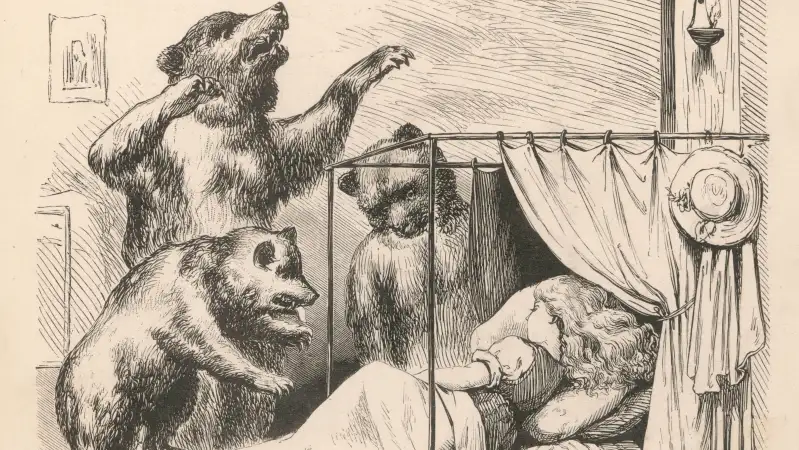Goldilocks Jobs Report Calms Down Wall Street's Bears—For Now
Money is not a client of any investment adviser featured on this page. The information provided on this page is for educational purposes only and is not intended as investment advice. Money does not offer advisory services.

At first blush, today's jobs report sure felt underwhelming. The Labor Department said that the economy created 209,000 new jobs in July, not the 233,000 that were expected.
Yet what seemed like disappointing results turned out to be exactly what Wall Street needed.
On the one hand, the economy still managed to produce more than 200,000 jobs in July, which marked the sixth consecutive month in which job creation topped that level. That hasn't been seen since the late 1990s. “July’s payrolls report helps to confirm the sustainability of the strongest labor market expansion since 1997," said Guy LeBas, chief fixed income strategist for Janney Montgomery Scott.
On the other hand, the labor market was just tepid enough to cool at least some of the hot debate about how the Federal Reserve needs to stop coddling an economy that's starting to sizzle and hike rates soon.
Immediately after the jobs report was released Friday morning, investors took a deep breath and calmed down following Thursday's 317-point drop in the Dow Jones Industrial Average.
Though it seemed as if the markets were headed for another triple-digit down day based on sentiment before the opening bell, the Dow and S&P 500 were relatively flat in early morning trading. By around 11:30 am, the Dow had fallen by around 50 points, but that was pretty much all the bulls could hope for:
The real question is how long will the bears be kept at bay? A week from now, the government is set to release another batch of data detailing worker productivity and labor costs. And if there's any whiff of inflation in those figures, the bears are likely to awake once more.
